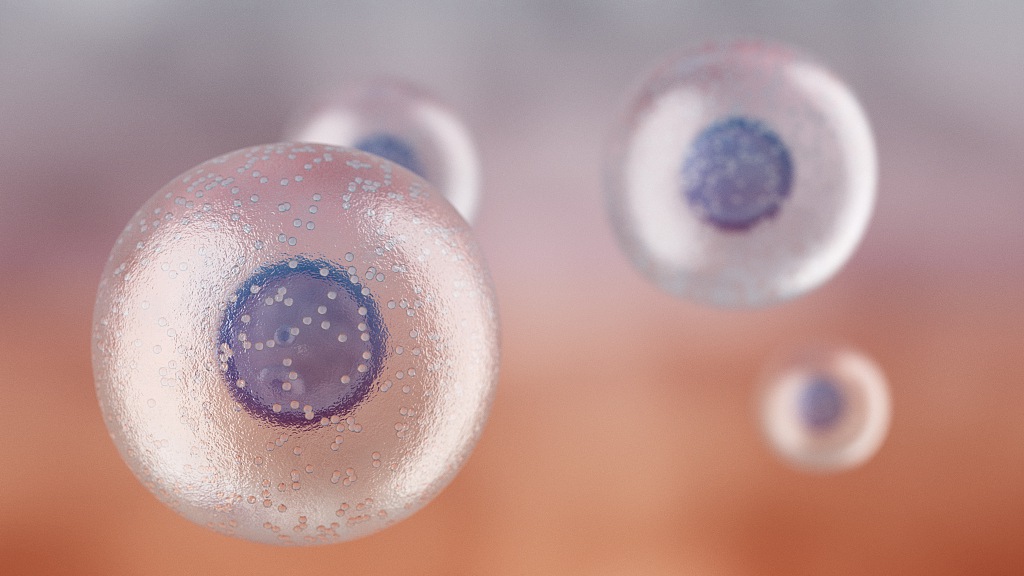An international team co-led by researchers from Australia's University of Queensland and Britain's University of Bristol has drawn a 3D map of key cell components with the help of artificial intelligence.
According to the research published in the Cell journal on Thursday, combining X-ray crystallography, electron cryomicroscopy, and in silico predictions, the team assembled a complete structural model of the Commander complex, a 16-subunit bundle of proteins acting as "postal workers" in cells.
Brett Collins, one of the team leaders and professor at the University of Queensland, drew an analogy between molecular machines in human cells and processes in the postal system to transport cargo.
"Cargo transport is all about getting the right parcels to the right destination at the right time and in cells, the Commander complex controls this system to ensure the right amount of protein is delivered to the right place," said the expert.
Collins noted that viruses, such as SARS-CoV-2 and human papillomavirus (HPV), need the Commander complex to infect cells and it has also been linked to the transport of the amyloid protein in Alzheimer's disease.
"Mutations in the Commander complex disrupt the transport of lipids into cells, causing high cholesterol and heart defects in people with the rare Ritscher-Schinzel syndrome which is characterized by intellectual disability and development delay," Collins said.
"Knowing the structure of the Commander complex means we can better understand how this happens and advance our understanding of how it is involved in disease," he added.
Source(s): Xinhua News Agency


